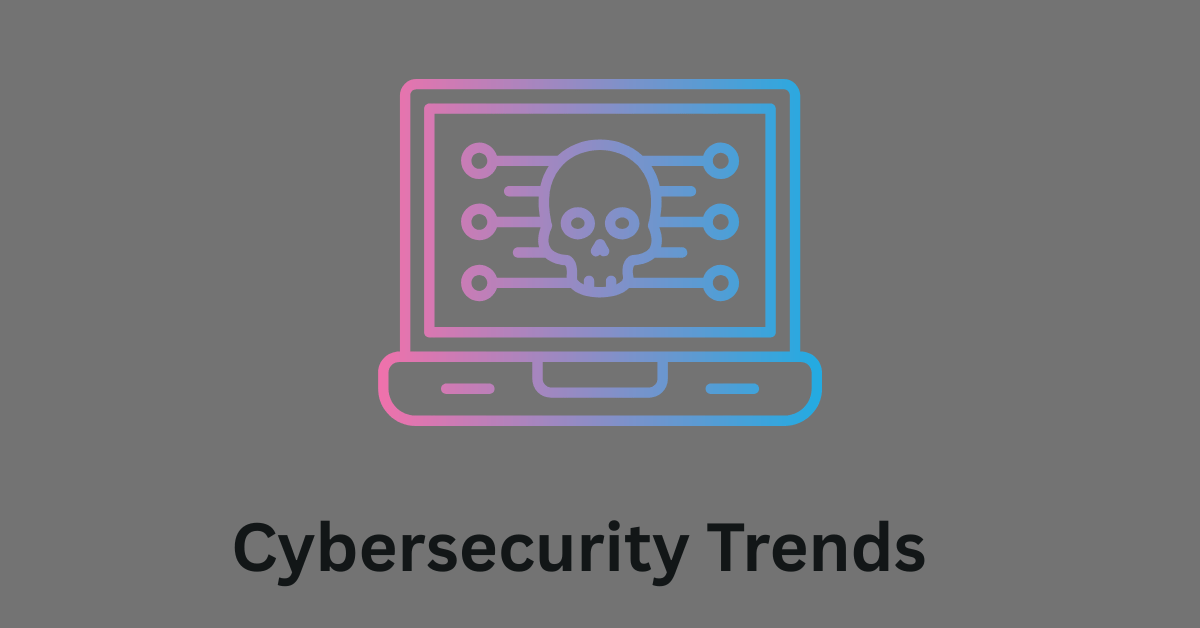January 24, 2024

It is essential to understand the future trends in cybersecurity, as they are evolving rapidly. Considering what I mentioned earlier in the discussion concerning cybersecurity forecasts, specifically the use of artificial intelligence (AI), it is evident that the usefulness of AI has increased tremendously and will go on to influence our cyber defense tactics in the future.
The more similar the past, the more hazards the future can bring forth using AI. That unceasing change highlights one vital fact: change remains the constant in cybersecurity and AI. The change of traditional passwords to past keys is among the promising developments. With the new FIDO standard, we are heading to a simpler, more secure authentication process without usability being compromised.
AI’s growth isn’t without its challenges. AI-based phishing, capable of crafting convincingly deceptive emails, is likely to become more prevalent. This makes the move away from password-based systems even more critical, as it negates the risk of credential phishing.
Another concerning trend is the rise of deepfakes – sophisticated simulations of individuals’ voices or images. Their increasing accessibility and realism make them potent tools for misinformation and fraud. As deepfake technology continuously improves, our focus should shift from detection to building robust security mechanisms around it.
Generative AI, including large language models and chatbots, is becoming more integral to our information processing. However, they’re prone to ‘hallucinations’ generating incorrect information. Technologies like retrieval-augmented generation (RAG) could enhance the accuracy of these AI systems. Continuous model tuning and training are vital to reduce the frequency of these hallucinations.
On the bright side, AI and cybersecurity have a symbiotic relationship that is gradually emerging. AI will be a big boost to our cyberspace security, and it will be used to anticipate attacks and to summarize complicated cases.
On the other hand, our cybersecurity competence is paramount in the protection of AI systems that will be reliable and trustworthy. The organizations should enquire with their vendors whether their Cybersecurity Solutions have AI capabilities or not, and then that is the time that they review their infrastructure.
Reflecting on last year’s predictions:
Conclusion
By going forward into 2025 and even beyond, it is evident that the cybersecurity environment is going to be in a continuous state of change, and AI is gaining a more significant role. AI is at the frontline of this evolution, both about threats and solutions. It is our mandate as cybersecurity professionals to be ahead of these trends, use AI ethically and efficiently, and constantly evolve with the new challenges.
Related Articles
Explore Topics

Consult with Our Techjockey Expert
Connect for fast and scalable software delivery, corporation plans, advanced security, and much more.
Compare Popular Software

Get the latest Techjockey US Blog Updates!
Subscribe to get the first notified about tech updates directly in your inbox.